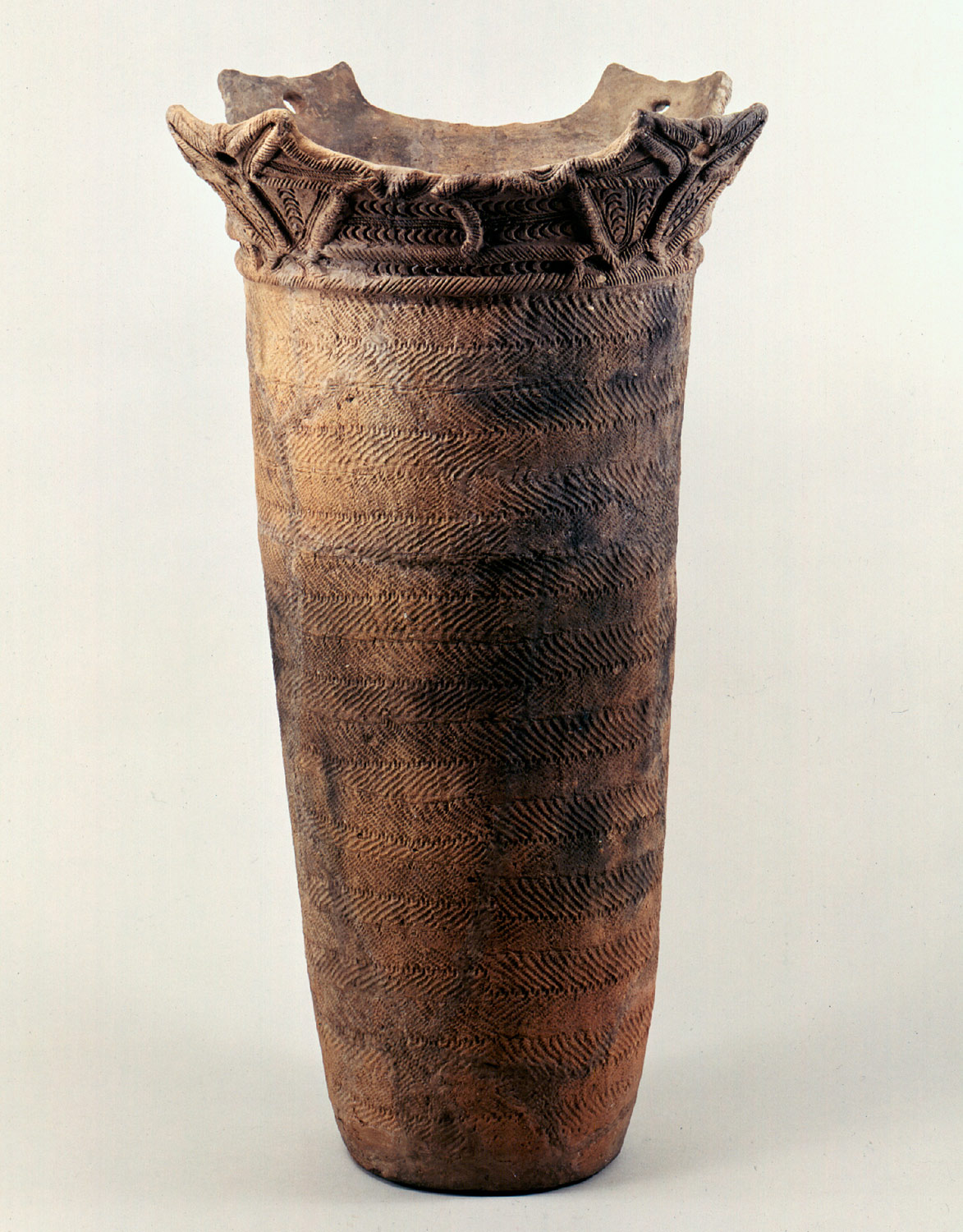Cheekiness aside, I want to note that this way of developing a naming system in an inchoate art form is not without precedent. ‘Nawashi’ is passing into the history of doing rope bondage in much the same way as ‘tea master’ came to be applied in Japan to adept practitioners of that ceremony. While it is possible to study tea in a classroom setting, the ‘art’ of tea is thought to inhere in the ceremony alone, and then only as executed by one exhaustively steeped in its refinements and subtleties by discipline and time with tea. I will return to ‘teaism’ further along as I consider its role in the Japanese aesthetic sensibility, but for now we might allow that in fairness nawashi are at the point tea masters were thirteen hundred years ago when, according to Kakuzo Okakura, the poet Lu Wu became the first ‘apostle’ of tea when he inscribed his C’ha Ching (The Holy Book of Tea) during the T’ang Dynasty in China.1
While there are innumerable volumes on the tying of knots, the working properties of rope, funicular physics and the like, there is no code, manifesto, convention, lexicon or other guide to the mystery of rope as an ancient aesthetic technology, as a metaphor for important aspects of human existence, or in its spiritual dimension as a means of sweetening the tragedy, noted throughout philosophy, of having been born. Throughout human history most ennobled pursuits have started out as commonplaces, often deemed vulgar, squalid or even misanthropic in the era of their origin. Societies naturally resist the valorization of the conventionally despised in the beginning stages of transformation from pariah to observance; everyone can think of a notion thought abhorrent in the past and a trifle today.2
There is quite a bit available to loosely support the idea that shibari is an aesthetic pursuit, but to the best of my knowledge no one has ever undertaken to account for shibari as legitimate art, meaning art qua art, or when we use ‘art’ to fairly describe anything. The acknowledgment of shibari as art even among some of its most passionate adherents is thin. The overwhelming number of lovers who employ some form of bondage regularly, rigorously or dilettantishly, using rope or some other means, think more of their perversity as a pleasantly distinguishing mark of their sexuality than as something they loosen upon their own sensibilities or that of the wider world with any sort of contemplative or socially redeeming value. I will be considering art generally as a contemplative pursuit later in this essay, as well as the possibility that contemplative occupations are primary to our conscious lives. Coming to a satisfactory accounting for shibari as art requires my explaining my position on art qua art, be it shibari or any other kind; I will, in other words, be outlining a general ontology of art not only merely to categorize shibari as such, but to tie in many another devalued cultural artifact left for dead by the artworld. The goal will be less to mold shibari into an ontology of art than to blow the ontology of art open and outward such that it engulfs shibari, to be inclusive in a totalizing way of shibari and the whole of the artifactual world.
1 Kakuzo Okakura, The Book of Tea (New York: Dover, 1964), p. 12.
2 Or perhaps a trifle in the past and abhorrent today; take, for example, the ancient custom among Greek men noted in Plato’s Symposium of taking on young boys as their protégées and lovers.
















































